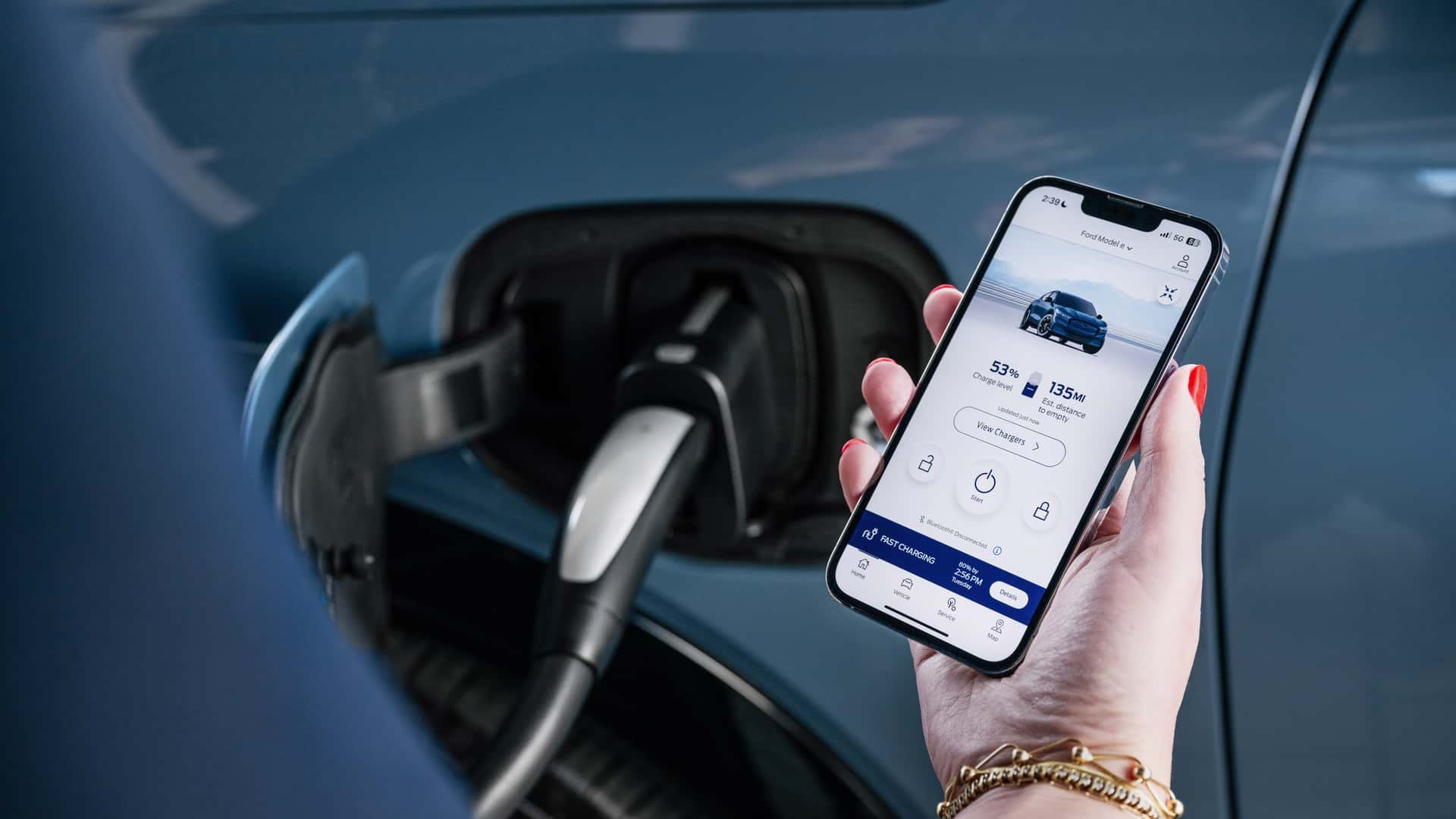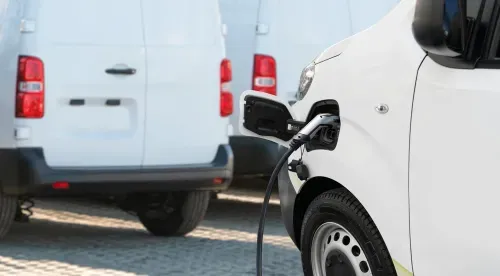Empowering Salt Lake City’s EV Revolution with Mobile Fleet Service
Salt Lake City, framed by picturesque mountains and a rapidly diversifying economy, stands at the crossroads of nature and innovation. From Silicon Slopes’ tech expansions in nearby Lehi to the bustling downtown core, businesses and residents are seeking cleaner transportation alternatives that reduce emissions and support Utah’s ongoing growth. Electric vehicles (EVs) offer a promising route—but how can local operators, property owners, and government agencies expand charging infrastructure swiftly and affordably in a sprawling, dynamic city?
That’s where mobile EV fleet service provides the game-changing answer. By delivering off-grid, Level 3 fast-charging stations in portable units, this approach cuts through typical installation hurdles—no deep trenching, fewer permit headaches, and minimal grid demands. Whether you manage a corporate fleet in the Gateway area, run municipal vans spanning Salt Lake County, or look after apartment complexes near the University of Utah, off-grid chargers allow you to scale EV charging without ballooning costs or construction delays. Below, we explore how this nimble solution reduces overhead, boosts charging availability, and aligns perfectly with Salt Lake City’s forward-thinking ideals.

1. Why Salt Lake City Needs Mobile, Off-Grid Charging
A Fast-Growing Urban Hub
Salt Lake City continues to surge as both a residential hub and a business destination, with expansions in tech, healthcare, and service industries. Traditional EV charger installations—requiring extensive site work, grid upgrades, and multiple permits—may struggle to keep pace with this rapid expansion. Mobile off-grid chargers, on the other hand, arrive pre-assembled and deploy within days, offering an immediate EV solution for locations ranging from suburban office parks to downtown multifamily complexes.
Environmental and Health Goals
Local leaders and residents care deeply about air quality, given the city’s geography that can trap pollution during winter inversions. EV adoption cuts vehicle emissions, boosting overall health and climate resilience. Yet, building permanent stations citywide can mean hefty costs and prolonged timelines. Mobile EV fleet service shortens that process, letting operators place charging stations right where vehicles cluster most—without waiting on big infrastructure overhauls.
2. Advantages of a Mobile EV Fleet Service
2.1 Rapid, Low-Burden Installation
Typical in-ground stations can involve lengthy excavations, potential traffic diversions, and a maze of regulatory permissions. Mobile chargers dodge those complications: they can be dropped on-site, requiring minimal prep. This streamlined approach suits a city known for its clean, wide avenues and interest in minimal disruptions—particularly near busy shopping areas like City Creek or in heavily traveled commuter zones.
2.2 Off-Grid Reliability
Salt Lake City’s climate spans sweltering summers and snowy winters. Off-grid chargers, powered by onboard battery systems, protect against utility hiccups whether from heat waves, cold snaps, or local infrastructure strains. For essential fleets—like municipal service trucks, rideshare vehicles, or logistics operators—this resilience ensures they’re never left without power due to a temporary grid outage or unexpected demand spike.
2.3 Level 3 Fast Charging
Time is money for any commercial fleet, from companies delivering goods to neighborhoods along I-15 to rideshare drivers picking up passengers in Sugar House. Level 3 chargers can push an EV’s battery to about 80% in under an hour, drastically cutting idle periods that chew into earnings. Fewer waits mean more trips, boosting operational productivity and driver satisfaction.
2.4 Scalable, Relocatable Setup
Salt Lake City’s expansion continues in numerous directions—south toward the Silicon Slopes, east into growing suburban areas, and north around re-energized urban corridors. A mobile fleet service matches that fluidity: if a new cluster of EV users appears in the valley, you can simply move or add chargers there; if an area sees usage drop, you can redeploy units to busier zones. This agility shields owners from overbuilding or leaving underutilized assets behind.

3. Prime Use Cases Across Salt Lake City
3.1 Corporate and Government Fleets
Local government agencies and major corporate offices near downtown or the University District need EV charging that scales with new electric vehicles. Off-grid fast charging bypasses high-cost station construction, letting budgets focus on other public services or R&D expansions. Staff vehicles and city trucks remain fully charged for daily tasks, ensuring that neither growth nor environmental ambitions stall.
3.2 Apartment and Condo Complexes
A strong rental market and rising interest in green living drive property managers to add EV amenities. However, older buildings in areas like Central City or Glendale might require pricey retrofits for permanent chargers. Mobile chargers let managers begin with a small EV offering—maybe a couple of Level 3 ports—and expand later if resident demand surges. If tenant uptake stays low, the chargers can move to a busier property, keeping capital outlays proportionate to real usage.
3.3 Rideshare, Delivery, and Logistics
Proliferating e-commerce deliveries and a thriving gig economy means Salt Lake City’s roads bustle with vans and rideshare cars around the clock. Level 3 fast charging drastically shrinks downtime, letting operators zip back onto the streets to serve more customers. Meanwhile, mobility ensures that if a certain corridor becomes a rideshare hotspot—say, near a major event downtown—extra chargers can pop up there temporarily, capturing demand in real time.
3.4 Event Venues and Outdoor Recreation Spots
With scenic mountains and a vibrant cultural scene, Salt Lake City hosts festivals, sporting events, and tourism all year. Mobile off-grid chargers handle these transient spikes—park extra units in designated lots or near trailheads on busy weekends. When the event ends, easily relocate them, avoiding the sunk cost of permanent stations left dormant afterward.
4. Tackling Salt Lake’s Climate and Infrastructure Constraints
4.1 Winter Weather and Inversions
Frigid winters plus inversion conditions can challenge both vehicles and the local power grid. Off-grid chargers come insulated with on-board battery reserves, delivering consistent EV fueling despite freezing temps or potential utility hiccups. Fleets clearing snow, city workers handling road maintenance, and even everyday drivers no longer risk a “no-charge” scenario.
4.2 Summer Heat and Monsoon Storms
High-desert summers can bring stifling heat or sudden monsoon-like storms. Mobile chargers, running off integrated batteries, help offset large spikes in local utility usage during AC peaks. Meanwhile, inclement weather or minor flooding won’t disrupt charging if lines or transformers become compromised—providing a stable, off-grid power source for time-sensitive fleets.
4.3 Utility Capacity in Rapidly Developing Areas
Some outlying neighborhoods or commercial parks might have limited electrical infrastructure to support multiple fixed chargers. Mobile solutions, requiring less direct load on the grid, become a lifeline for property owners—start small with minimal overhead, wait for demand to rise, then expand organically. This approach spares them from major utility expansions or hefty transformer upgrades.

5. Cost and Environmental Gains
5.1 Reduced Fueling Expenses
Electric motors often yield lower per-mile costs than gas or diesel, ideal for heavy-mileage fleets. Mobile EV fleet service speeds up the transition, helping you capture these savings without awaiting completion of expensive station builds. Over months or years, those fueling savings can offset the initial cost of EV adoption, fund further expansions, or bolster other operational improvements.
5.2 Green Image for Community Support
Salt Lake City values environmental stewardship—something residents emphasize through local initiatives and supportive legislation. Embracing off-grid charging underscores a commitment to reduced emissions, appealing to environmentally aware customers, tenants, or employees. This public-facing sustainability message can differentiate a brand, property, or agency in a city that prizes clean air and outdoor recreation.
5.3 Right-Sized Capital Investments
Dropping substantial sums on multiple permanent chargers might leave some stations underutilized if EV uptake proves slower in certain zones. Mobile units let you fine-tune capacity based on real usage data, relocating chargers from slow-traffic regions to EV hotspots. This data-driven approach ensures you invest exactly where it pays off, preserving funds for other growth or community projects.
6. Steps to Roll Out Mobile EV Charging in Salt Lake City
- Assess Fleet or Tenant Demands
- Count how many EVs need charging, typical daily or weekly mileage, and whether Level 3 speeds are crucial for schedules.
- Anticipate short-term events—like sports games or festivals—and long-term expansions in your area.
- Select a Service Provider
- Look for a mobile EV fleet service familiar with Salt Lake’s desert climate and local utility rules.
- Confirm they offer robust, weather-hardy battery systems for both hot summers and cold winters.
- Pinpoint Placement
- Target accessible parking lots or curbside zones near highways (I-15, I-80) or major arterials.
- Factor in topographical and environmental considerations—steep slopes or potential flash-flood areas during summer storms.
- Deploy and Educate
- Mobile chargers usually ship nearly ready to use, shrinking overall setup time drastically.
- Provide employees, residents, or drivers with simple instructions—through signage or an app—to streamline charging sessions.
- Monitor and Adjust
- Track usage frequency, charge durations, and peak demand periods.
- Relocate chargers if certain sites see little action or if a new zone sees an unexpected EV surge.
- Scale capacity in line with data-driven insights, maximizing ROI on each charger.

7. Energizing Salt Lake’s Next Chapter
As Salt Lake City continues to blend natural beauty with a booming urban scene, the race to adopt EVs intensifies. Mobile off-grid EV charging elevates the city’s green aspirations, letting property managers, fleet operators, and local agencies implement flexible charging at minimal cost. This approach complements Salt Lake’s can-do spirit—less bureaucratic entanglement, faster results, and a future-ready transportation ecosystem.
Every new EV on the streets—from corporate vans to everyday commuters—represents a stride toward cleaner air and lower carbon footprints in the valley. By removing steep installation expenses and lengthy timelines, portable chargers open the door to broader acceptance of electric mobility. Over time, the synergy between innovative charging tech and Salt Lake’s entrepreneurial drive cements the city as a model of sustainable growth in the Mountain West.
Salt Lake City’s ongoing evolution demands an EV charging strategy as versatile and efficient as the city itself. Mobile EV fleet service delivers fast-charging, off-grid power without drawn-out construction projects or extensive grid expansions. Whether you manage a corporate fleet, run local government vehicles, or operate apartment complexes, this cost-effective model keeps overhead low, speeds up electrification, and serves your community’s pressing need for cleaner transport.
Ready to supercharge your Salt Lake City-based EV operations? Our team specializes in rapid, off-grid charging solutions that adapt to real demand—cutting costs, trimming deployment times, and accelerating your green goals.
Contact us today to discover how mobile EV fleet service can transform your approach, fueling a brighter, more sustainable tomorrow in the Beehive State’s capital.

